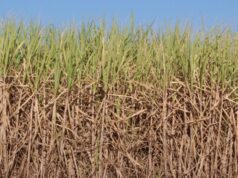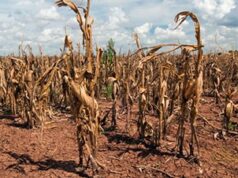Improvements of Sesame Production: Marketing and its Export Trends in Somalia: Sesame seed is a key oil crop. It is rich in oil and protein. In Somalia, it has been a major cash crop for many years. Farmers grow it mainly for export. Diversifying cash crops is now a national priority. Rural development actors and farmers support this to improve and secure income. Exporting crops like sesame is crucial. It helps farmers stabilize their income and boosts the country’s foreign currency earnings.
This review looks at the current state of sesame production, marketing, and export trends in Somalia. The study uses data from the Food and Agriculture Organization (FAO). It covers sesame production, yield, harvested area, export quantity, and export values from 1986 to 2020.
Sesame Production Trends
Sesame production in Somalia has been declining. This is likely due to competition from other crops. However, in 2020, Somalia ranked 15th globally in sesame production. It contributed 0.08% of the world’s total sesame production. It was also the 15th largest producer in Africa.
Export Growth
Sesame exports grew significantly between 2012 and 2014. The export quantity rose from 7,478 tons to 46,102 tons. This is an average growth of 516%. In terms of value, exports grew by an average of 789% during the same period.
Recommendations for Improvement
Farmers should form strong cooperatives to boost sesame production. Cooperatives can help improve production, processing, and marketing. They can also help farmers access loans and other benefits from the government and other sources.
Conclusion
Sesame is still an important crop for Somalia. It supports farmers’ livelihoods and the national economy. By organizing into cooperatives and focusing on better production and marketing, Somali farmers can strengthen their position in the global sesame market.
Author: Abdirizak Abdullahi














